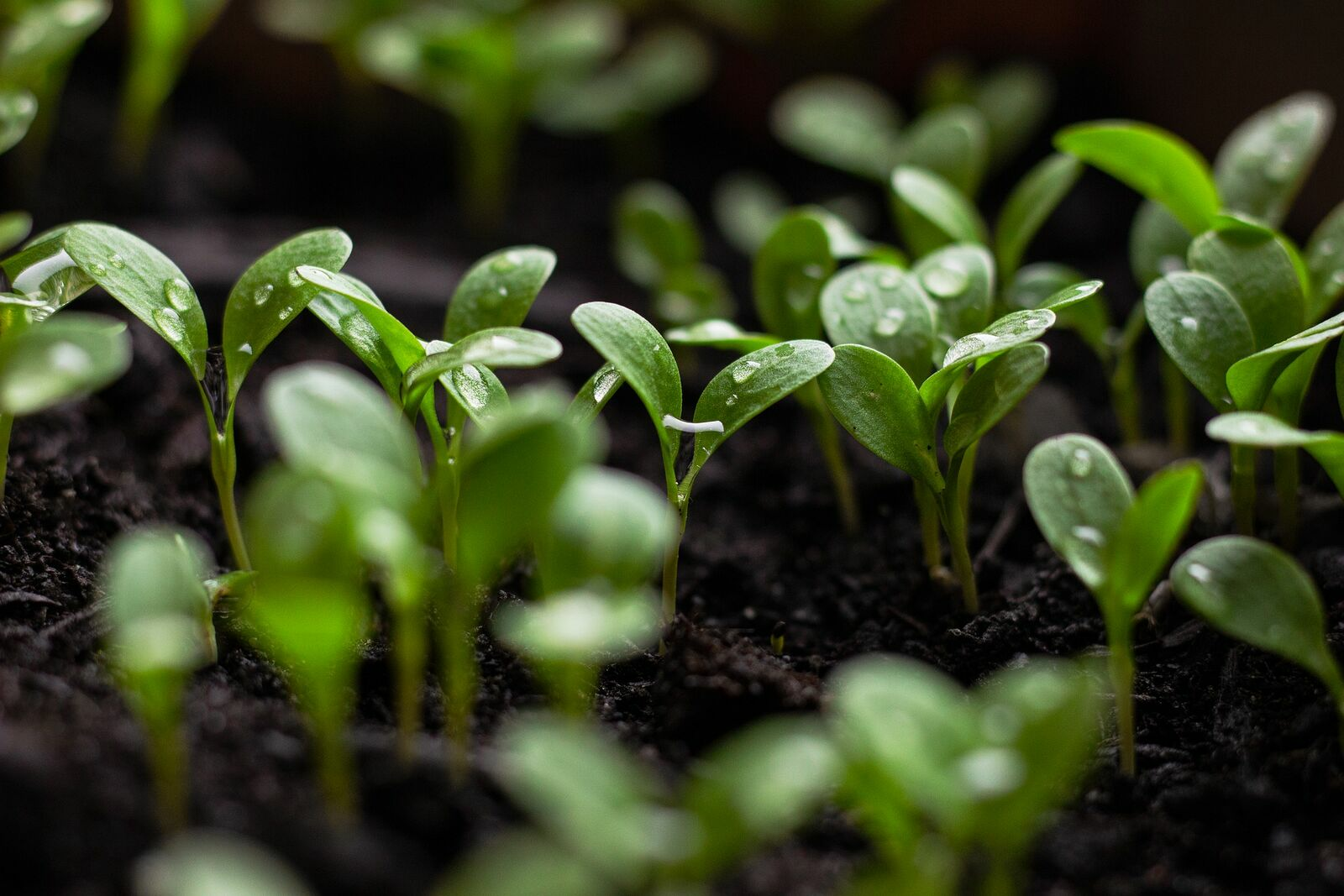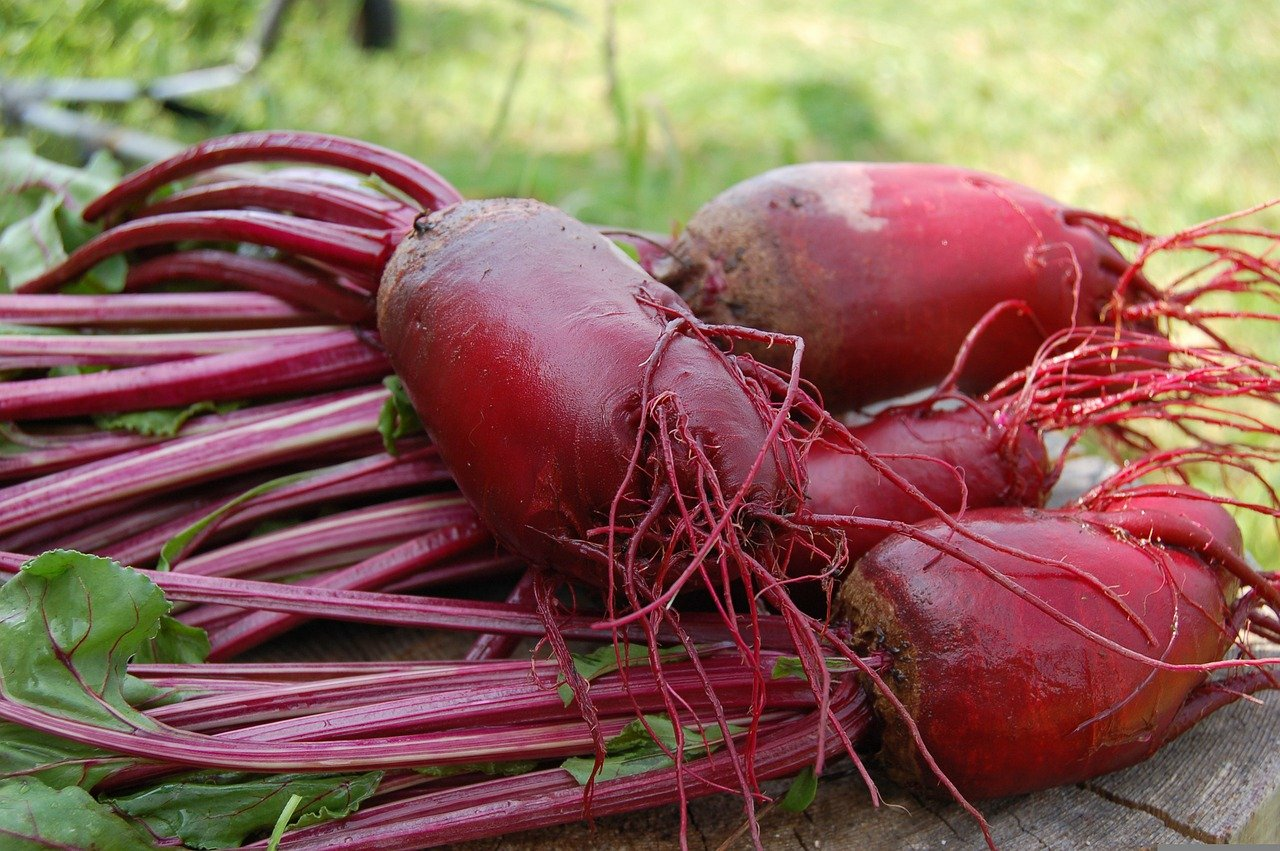Recognizing root diseases
Root rot, wilt fungus & root blight
Healthy roots are the basis for good plant growth. Damaged roots can promote root diseases and reduce your harvest. You should therefore act quickly if you suspect root disease in your beds!
Root rot
- can have various causes: Fungi, bacteria or care errors
- Symptoms: brown, rotten roots; plant parts wilt (first individual shoots); chlorosis on the leaves; possibly constrictions on the root neck; plants are wobbly in the soil
- Danger of confusion: lack of water, more water can lead to an increase in root rot
- susceptible plants: seedlings, strawberries, potatoes, tomatoes
Our tip

Healthy roots are usually whitish to light brown and firm. Dark roots usually indicate root rot. Ferns are an exception: their roots are dark brown even without rot.
Verticillium wilt fungus
- Symptoms: yellowed leaves and dried shoots (easy to confuse with drought damage and lack of water!) initially only individual shoots; bark becomes wrinkled
- susceptible plants: over 200 host plants; attacks almost every crop plant
Root burn

- Symptoms: Seedlings have problems emerging; seedlings show damage to roots, root neck and shoots; brown-black discoloration and constrictions; young plants fall over and die; individual plants that survive develop poorly with reduced (root) growth and usually wilt in the end (June wilt)
- susceptible plants: Sugar beet, beet, spinach, chard and wild herbs such as white goosefoot, (soy) beans, peas, tomatoes, potatoes, barley, strawberries etc.

